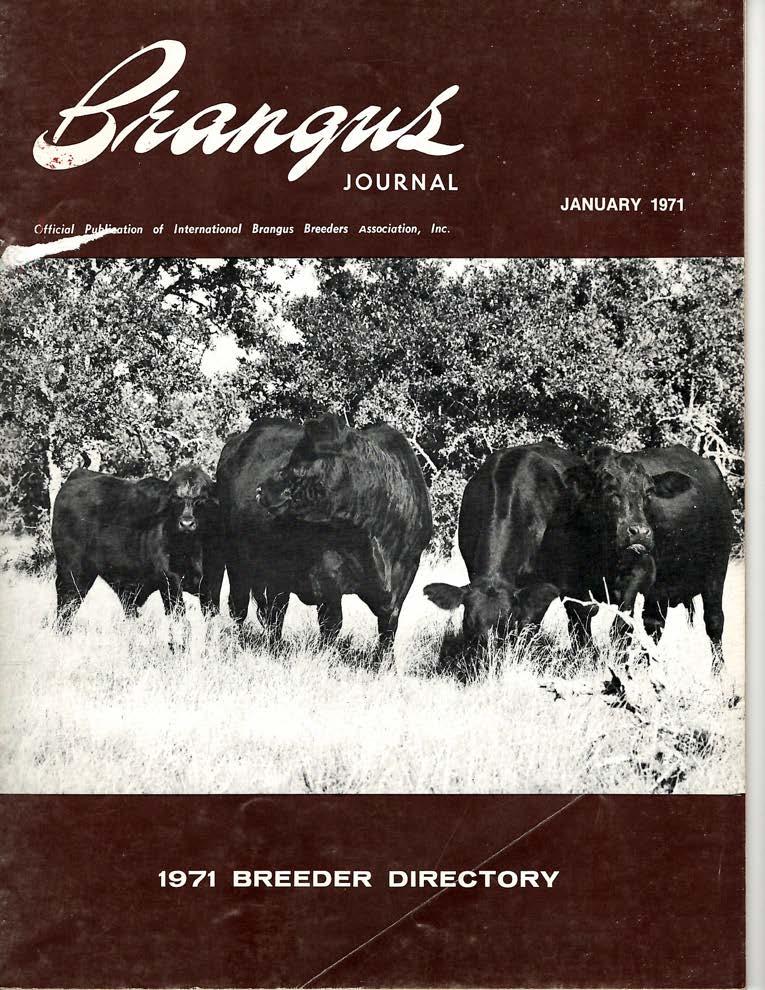
9 minute read
EXECUTIVE CORNER
DO YOU DNA?
by Darrell Wilkes, Ph.D., International Brangus Breeders Association executive vice president
I never thought I would use the abbreviation of deoxyribonucleic acid (DNA) as a verb, but in a strange way it has become one. The number of members who submit DNA samples on their cattle continues to grow. We receive calls every day from members who are sampling and submitting DNA samples for the first time, which often begins with the question, “How do I DNA these cattle?” Recently, the Texas Junior Brangus Breeders Association (TJBBA) decided to require parent verification on the cattle entered in their sanctioned shows. Their motive is not to catch somebody cheating on their pedigrees but, instead, to introduce junior breeders to a technology that is here to stay in seedstock production. I applaud their decision. As these juniors become senior members and breeders of Brangus cattle, DNA testing will be as routine as branding and vaccinating.
The IBBA requires parent verification on all open show entries in IBBA point shows, and parent verification is required on all AI sires and donor dams. These rules are not in place to make life more difficult. They exist to protect the integrity of the breed and increase the value of Brangus genetics.
There is an inconvenient truth about pedigreed livestock, regardless of breed and regardless of specie, and that is: Pedigree errors have been occurring since the first herdbooks were established hundreds of years ago and have continued ever since. In college, I was told that 10-15% of all pedigreed animals have at least one error in their three-generation pedigree. Of course, this was somebody’s estimate because we really had no way of knowing for sure. Subsequently, when I was teaching college students about genetics, I told them the same thing. I am now convinced that the probability of at least one pedigree error in a randomly selected, three-generation pedigree is well over 50%. This is an average. I believe there are herds where the error rate is virtually zero, and herds where the error rate is closer to 100%. That sounds extreme. What I mean to say is that, of the 14 ancestors listed in a three-generation pedigree, at least one of them is incorrect and I’m even more confident that one of the 30 ancestors in a four-generation pedigree is incorrect.
This opinion is based on the DNA test files that we process every day in the office. We receive files where the sire and dam match the progeny on every single animal. We receive other files where the progeny match the recorded parents less than 50% of the time. Without the benefit of DNA testing, these errors would remain, and they would obviously accumulate and perpetuate.
So, if parentage errors have existed since the beginning of recorded herdbooks, but we have still made phenomenal genetic improvement of cattle, what’s the big deal? There are at least two significant downside effects to parentage errors. The first is the impact it has on genetic evaluation (calculation of EPDs). When a calf is listed with the wrong sire, for instance, and the breeder turns in birth weight, weaning weight, and yearling weight data, there are four animals whose genetic evaluation is compromised: the animal itself, the actual sire, the erroneous sire and, finally, the dam. The EPDs of the calf will be wrong, the erroneous sire will get the credit (or blame) for the calf’s performance, the actual sire will not get credit (or blame) for the calf’s performance, and the evaluation of the dam’s genetic contribution will obviously be compromised.
The second downside of pedigree errors is the potential for unknowingly perpetuating a deleterious genetic condition into future generations. It is obvious that this has happened in virtually every population and will continue to happen. Parent verification can reduce this risk significantly.
Parentage errors that allow genetic defects to “sneak” into a population can cost breeders untold losses. There are many horror stories to go around. Without naming names, there was a very popular Angus bull in the 90s that ended up being a carrier of two serious genetic defects. It was discovered after he had sired thousands of progeny, including a number of sons
that also sired thousands of progeny. One of the mutations was is also displayed. We have some problematic enrolled animal traced back to ancestors but the other could not be. Therefore, pedigrees that present a challenge to the genetic propagation it was concluded, it must have been a spontaneous mutation. routine (i.e. the accurate assignment of potential carrier or The odds of that are equal to the odds of firing your 30-30 “PC” status), but the solution to that problem is in hand and rifle into the parking lot and having the ricochet bullet hit a will soon be resolved. loose lug nut on your truck and tightening it. A more likely Moving forward, any animal whose recorded parentage is explanation is that the animal had a pedigree error that allowed disqualified based on DNA tests will receive a “DNA” prefix the mutation to “sneak” into the lineage. It could have been and will not display EPDs until the parentage is resolved. This three or four generations back, but it is the only plausible will make it easy for you and for the staff to know which animals explanation. I am not accusing anybody are still pending parentage resolution. of a misdeed. Somebody just made a mistake. It happens – it always has, and YOUR Your association is your partner in genetic improvement. The IBBA staff is it always will. Avoiding parentage errors and guarding against genetic defect ASSOCIATION IS anxious to help any member who is just getting started with DNA testing and needs some coaching. On this note, it propagation are only two of the benefits of DNA testing. The third, of course, is YOUR PARTNER would be totally unfair not to mention, by name, some staff members who have genomic enhancement of EPDs. Nobody can argue against having more accurate EPDs. In the “old days”, significant IN GENETIC endured the pain of handling DNA test results without the software in place to handle it efficiently. Macee Prause has improvements in EPD accuracy were accomplished only by recording progeny IMPROVEMENT. worked more overtime hours than she would want to admit trying to keep up data and adding that data to the with DNA orders and results. Andrew evaluation of the parent(s). Over time, Sicotte, program manager for Regstr, with the addition of more progeny, the EPD accuracy creeps bailed into this challenge not realizing how deep the hole was. higher. Now, with a DNA test that costs as little as $30, you He and Macee teamed up and have created a functional system can enhance EPD accuracy to a higher level before an animal that will serve the needs of Brangus breeders at the level that produces its first progeny. you deserve. It has been amazing to watch the uptake of this technology in the seedstock industry. It is fascinating that the uptake seems to be following the famous “S Curve” which describes the pattern of adoption of virtually every major innovation – from cell phones, to Bitcoin, to genetic test-ing. The math is complex, but the concept is simple. At the risk of over-simplifying it, the theory holds that if it takes 10 years for 10% of the people to adopt a useful new technology, it only takes another 10 years for the adoption rate to reach 90%. With regard to genetic testing of seedstock cattle using DNA we have entered the steep part of the S Curve and there is no turning back. This supports an earlier statement in this essay that people who are now junior Brangus breeders will view DNA testing as routine as vaccination and branding by the time they are senior members of IBBA. If you are a breeder who takes advantage of DNA testing, Due to the cancellation of the Houston you have probably been frustrated that IBBA has not been able to efficiently and timely handle your test results since the launch Livestock Show & Rodeo (HLSR), of Regstr. Handling DNA data was part of Regstr that was The International has been formed completely unbuilt when it was launched. The data from the Portal system had not been migrated to the new database, and as a multi breed open show that will none of the programming to handle the data had been done. I include breed sales, to be held believe that problem is now behind us. We have finally turned the corner. Your cattle that have been parent verified or sire March 23-27, 2020. It will serve as a verified will now show the PV or SV designation next to their Standard of Excellence national point name on their profile page and their registration certificate. If they have been tested for a genetic condition, that information show in place of HLSR.
SUHN’S TTT LM SIGNAL 30E13
$40 Per Unit
CED BW WW YW M TM CEM SC REA IMF FT 8.9 -2.7 42 87 2 24 4.0 1.27 0.70 0.04 -0.016 2% 2% 10% 4% 35% 20% 3% 10%
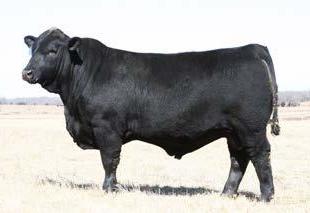
SF BRICKHOUSE 909D9
$50 Per Unit
CED BW WW YW M TM CEM SC REA IMF FT 4.7 1.1 46 84 5 28 3.6 0.94 0.72 0.22 -0.038 3% 5% 20% 15% 5% 15%
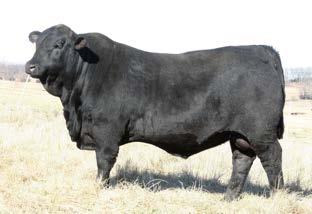
SUHN’S EPIC 331D16

$40 Per Unit
CED BW WW YW M TM CEM SC REA IMF FT 5.4 0.2 52 98 6 32 4.4 1.31 0.82 0.51 -0.037 1% 2% 10% 10% 3% 2% 1%
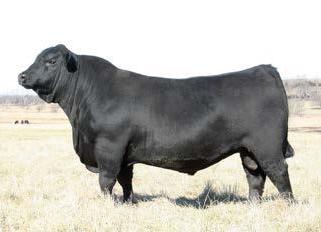
VOREL ABSTRACT 25E9
GET IT DONE. DO IT RIGHT.
At GENEPLUS, we have spent decades getting the job done for our customers. We aren’t about gimmicks or empty promises - we are about results. We know that your rangleland may not look like our rangleland so we have worked hard to breed a bull that will work for you. This is why we have a proven track record of being the only brand that can supply every state in the nation.
TO PURCHASE SEMEN CONTACT:
GENEPLUSBRANGUS.COM
877-436-3877
JOIN US - TUESDAY, MARCH 23, 2021 AT SUHN CATTLE COMPANY - EUREKA, KS 160 BRANGUS & ULTRABLACK BULLS
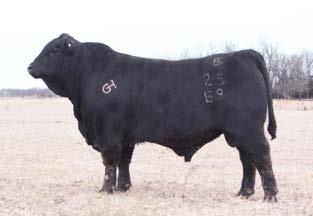
$40 Per Unit
CED BW WW YW M TM CEM SC REA IMF FT 6.1 -0.2 43 87 11 33 4.4 0.87 0.74 0.13 -0.028 25% 30% 5% 4% 30% 5% 10% 15% 4% 30%

VOREL CURRENCY 25E8
$40 Per Unit
CED BW WW YW M TM CEM SC REA IMF FT 7.5 -1.5 37 75 7 25 5.0 0.53 0.62 0.20 -0.035 10% 10% 15% 10% 30% 1% 15% 20%






